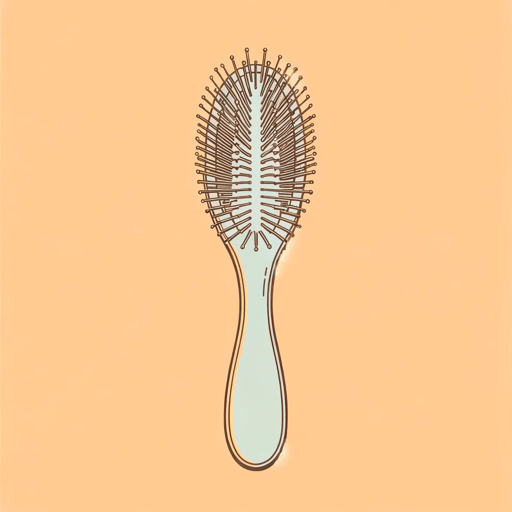31 pages • 1 hour read
F. Scott FitzgeraldWinter Dreams
Fiction | Short Story | Adult | Published in 1922A modern alternative to SparkNotes and CliffsNotes, SuperSummary offers high-quality Study Guides with detailed chapter summaries and analysis of major themes, characters, and more.
Background
Social Context: Feminism
“Winter Dreams” unfolds from a male perspective. Although we hear and understand Dexter’s motivations and thoughts, we do not have access to the thoughts of any of the female characters—namely, Judy Jones or Irene Scheerer. The story was published and is set in the 1920s, a time when women were regarded as extensions of their husbands. Women generally lacked opportunities beyond becoming housewives and mothers; despite the freedom and independence associated with the “flapper” lifestyle of the Roaring Twenties, most of these women eventually married and had children, satisfying societal expectations.
From the nanny’s reference to Judy’s mother by her husband’s name (i.e., calling her “Mrs. Mortimer Jones”) to the disarticulated images of both Judy and Irene (e.g., the passage that depicts Judy only as a head and voice), it is clear that Dexter is concerned more with pieces of women than with women as complete persons. Dexter seeks to “own” Judy rather than connect with her on a personal level, as (the 1922 version of the story states) it “excite[s]” Dexter to know of Judy’s past admirers because it raises “her value.” These women appear almost ghostlike; Irene lacks any voice at all, while Judy’s voice is fragmented and one-sided.
Related Titles
By F. Scott Fitzgerald

Babylon Revisited
F. Scott Fitzgerald

Bernice Bobs Her Hair
F. Scott Fitzgerald

Crazy Sunday
F. Scott Fitzgerald

May Day
F. Scott Fitzgerald

Tender Is the Night
F. Scott Fitzgerald

The Beautiful and Damned
F. Scott Fitzgerald

The Curious Case of Benjamin Button
F. Scott Fitzgerald

The Diamond as Big as the Ritz
F. Scott Fitzgerald

The Great Gatsby
F. Scott Fitzgerald

The Last Tycoon
F. Scott Fitzgerald

This Side of Paradise
F. Scott Fitzgerald

